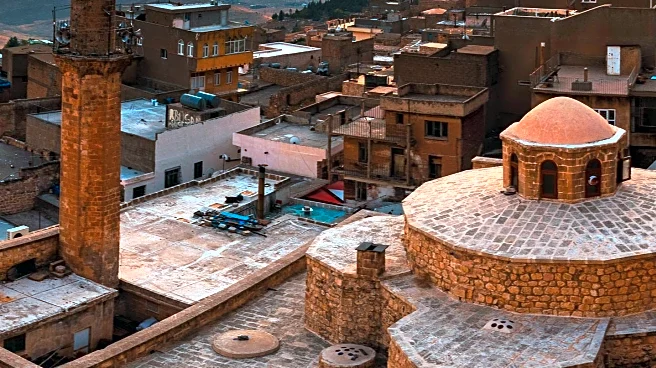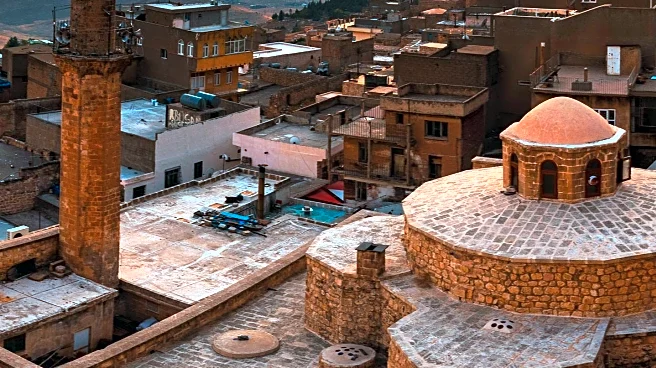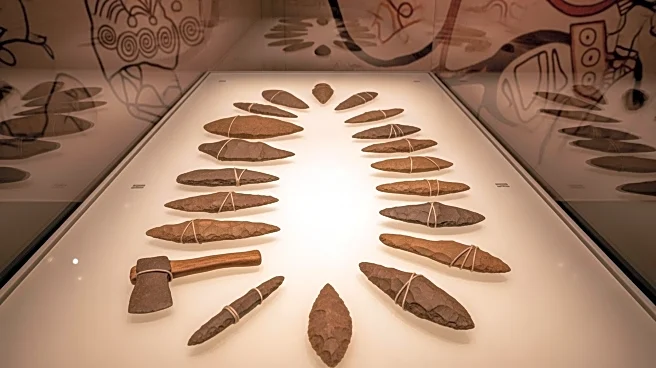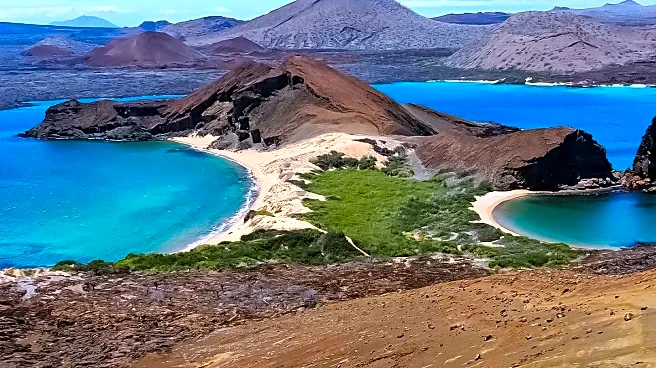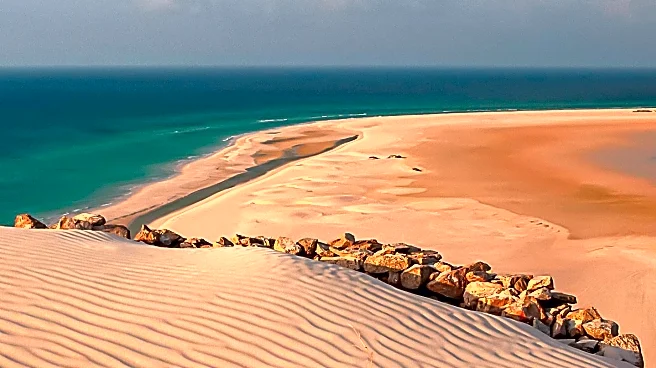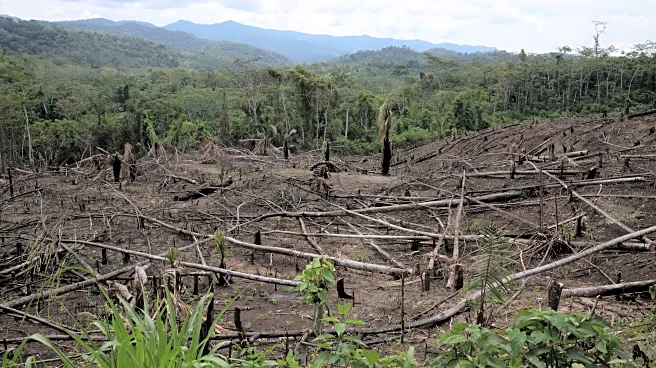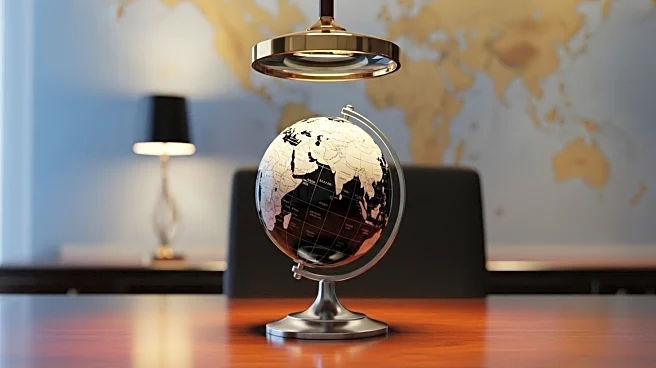Machu Picchu, the ancient Inca citadel, has a rich history that spans centuries, from its construction in the 15th century to its status as a UNESCO World Heritage Site today. Located in the Andes of Peru, it was built as a royal estate for the Inca emperor Pachacuti and later abandoned during the Spanish conquest. Rediscovered in 1911 by Hiram Bingham, it has since become a symbol of Inca civilization and a major tourist destination.
Origins
The origins of Machu Picchu date back to the reign of Pachacuti Inca Yupanqui, who ordered its construction around 1450. The site was strategically chosen for its natural defenses and its proximity to the Sacred Valley. It served as a retreat for the emperor and his court, showcasing the Inca's architectural and agricultural prowess.
Key Phases
Machu Picchu's construction involved the creation of terraces, temples, and residential areas, all built in the classical Inca style. The site was occupied for about 80 years before being abandoned, likely due to the Spanish conquest and the spread of diseases like smallpox. During its peak, it housed around 750 people, including support staff and religious specialists.
Turning Points
The rediscovery of Machu Picchu in 1911 by Hiram Bingham marked a turning point in its history. Bingham's expeditions brought international attention to the site, leading to further archaeological studies and preservation efforts. The site's designation as a UNESCO World Heritage Site in 1983 and its inclusion as one of the New Seven Wonders of the World in 2007 further solidified its global significance.
Present Status in Source
Today, Machu Picchu is Peru's most visited tourist destination, attracting over 1.5 million visitors annually. Efforts to manage tourism and preserve the site continue, with measures in place to limit daily visitors and protect the surrounding environment. Machu Picchu remains a symbol of Inca heritage and a testament to the civilization's achievements.
 Discover Daily • 9 min read
Discover Daily • 9 min read 